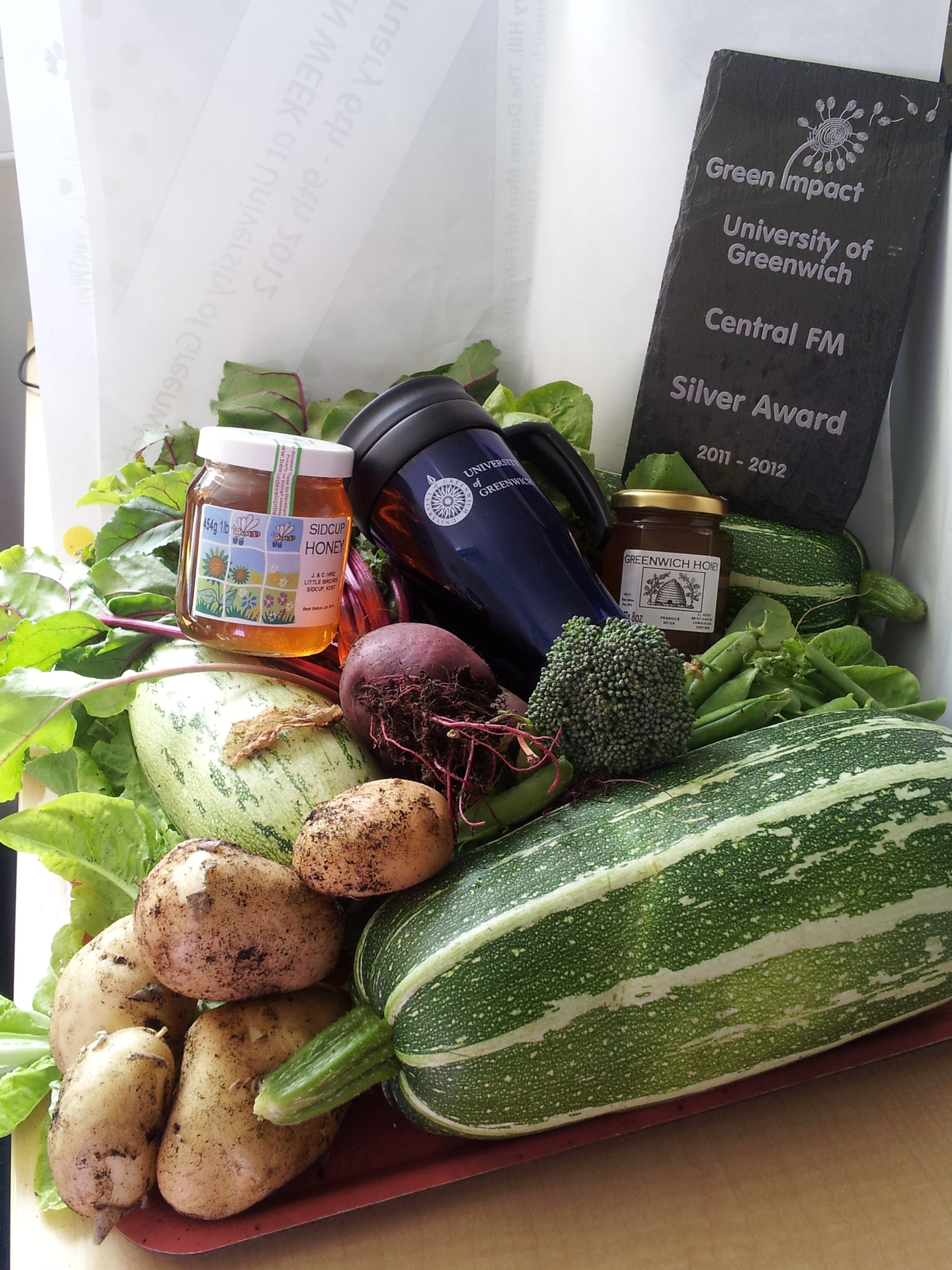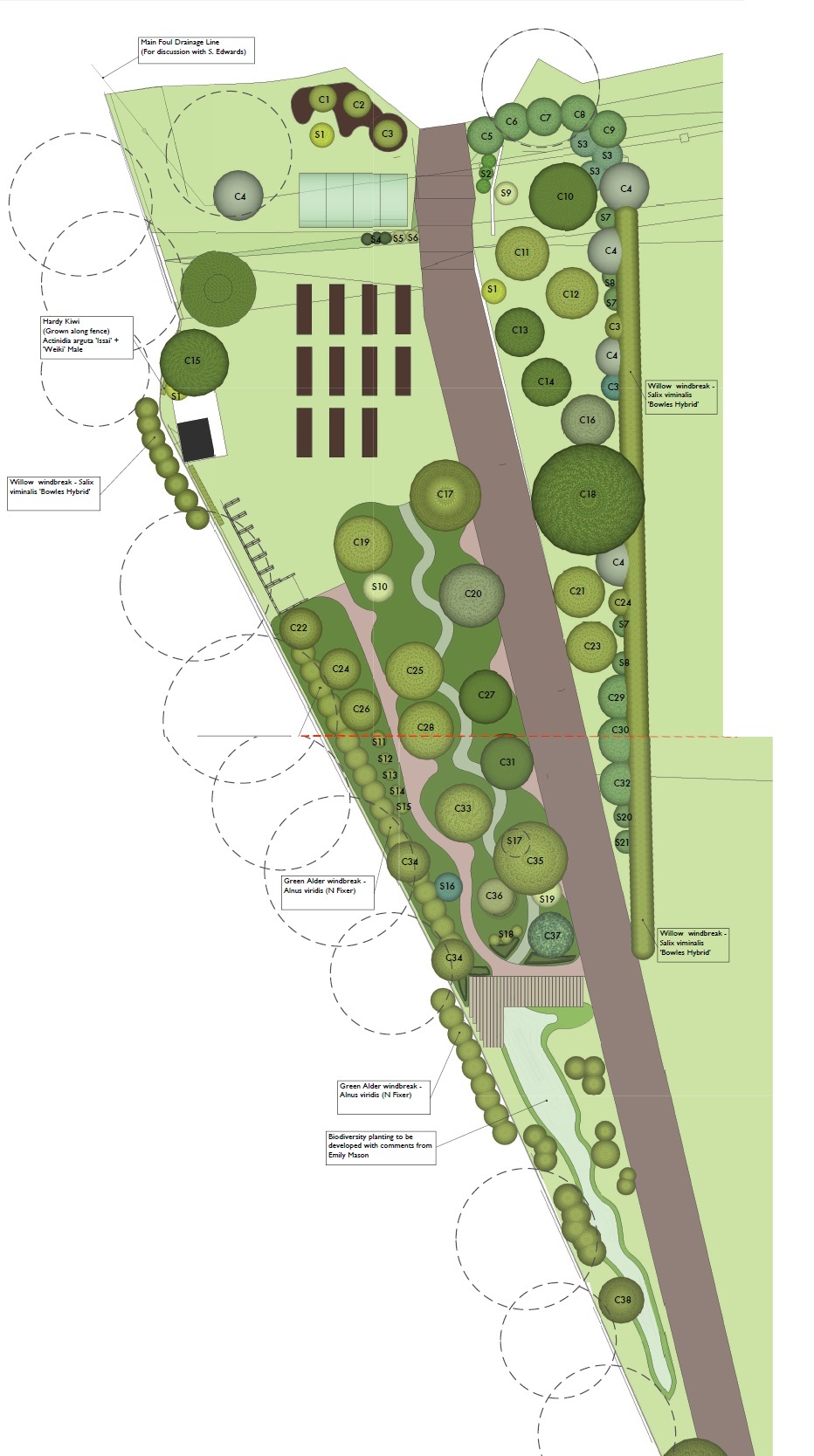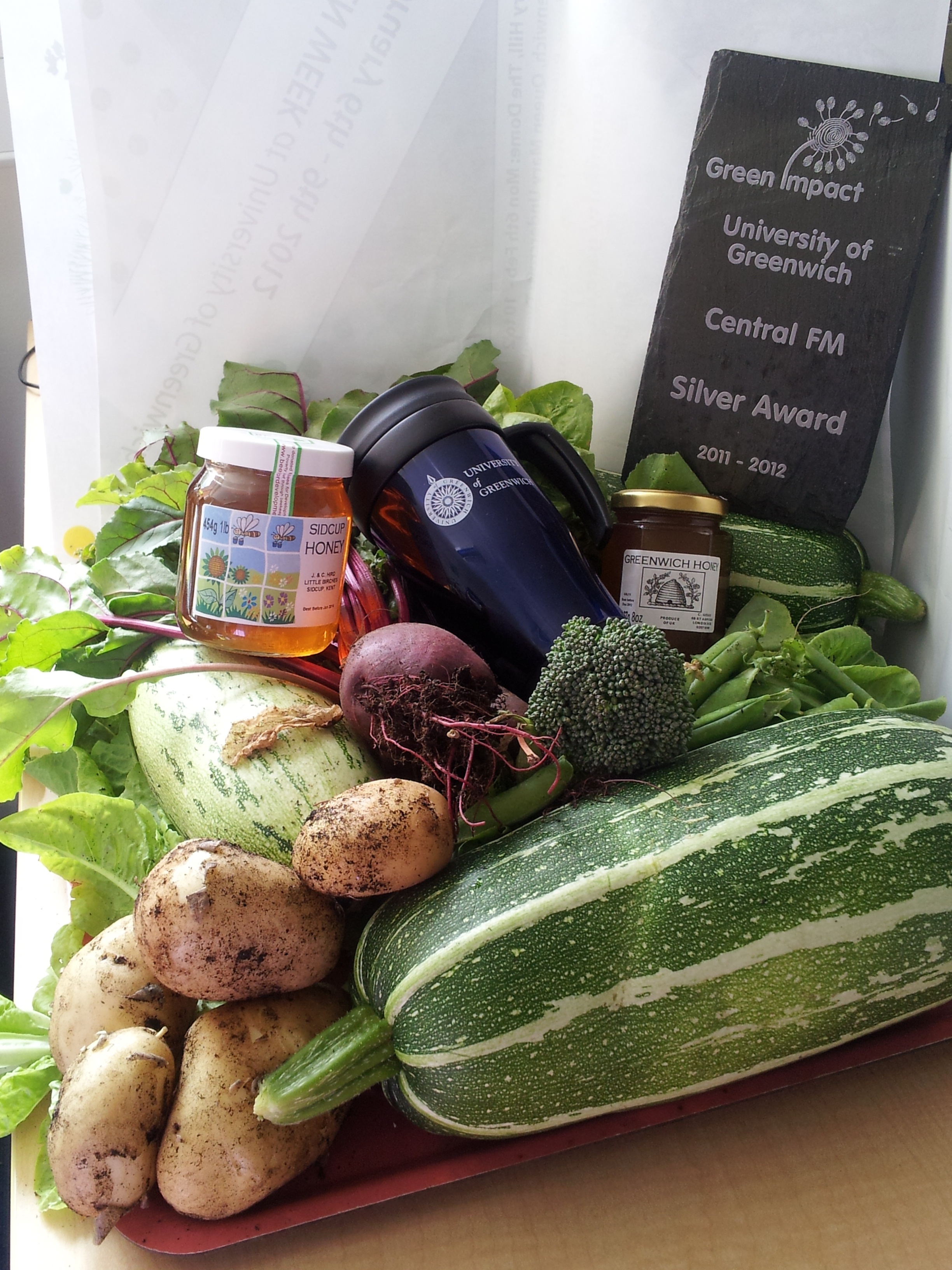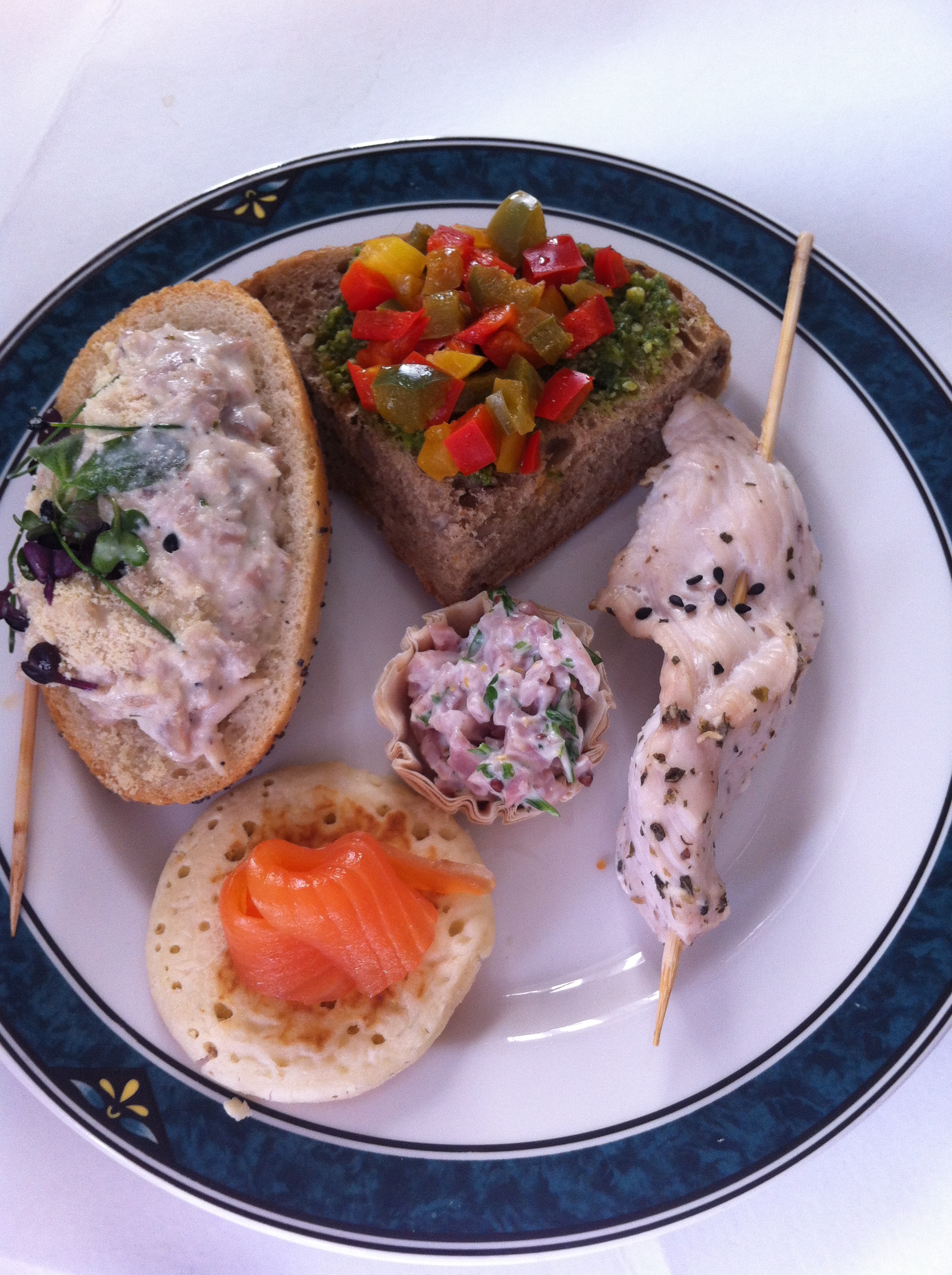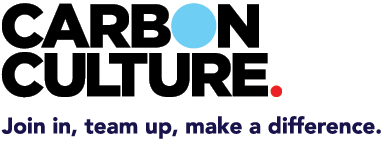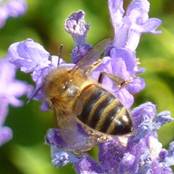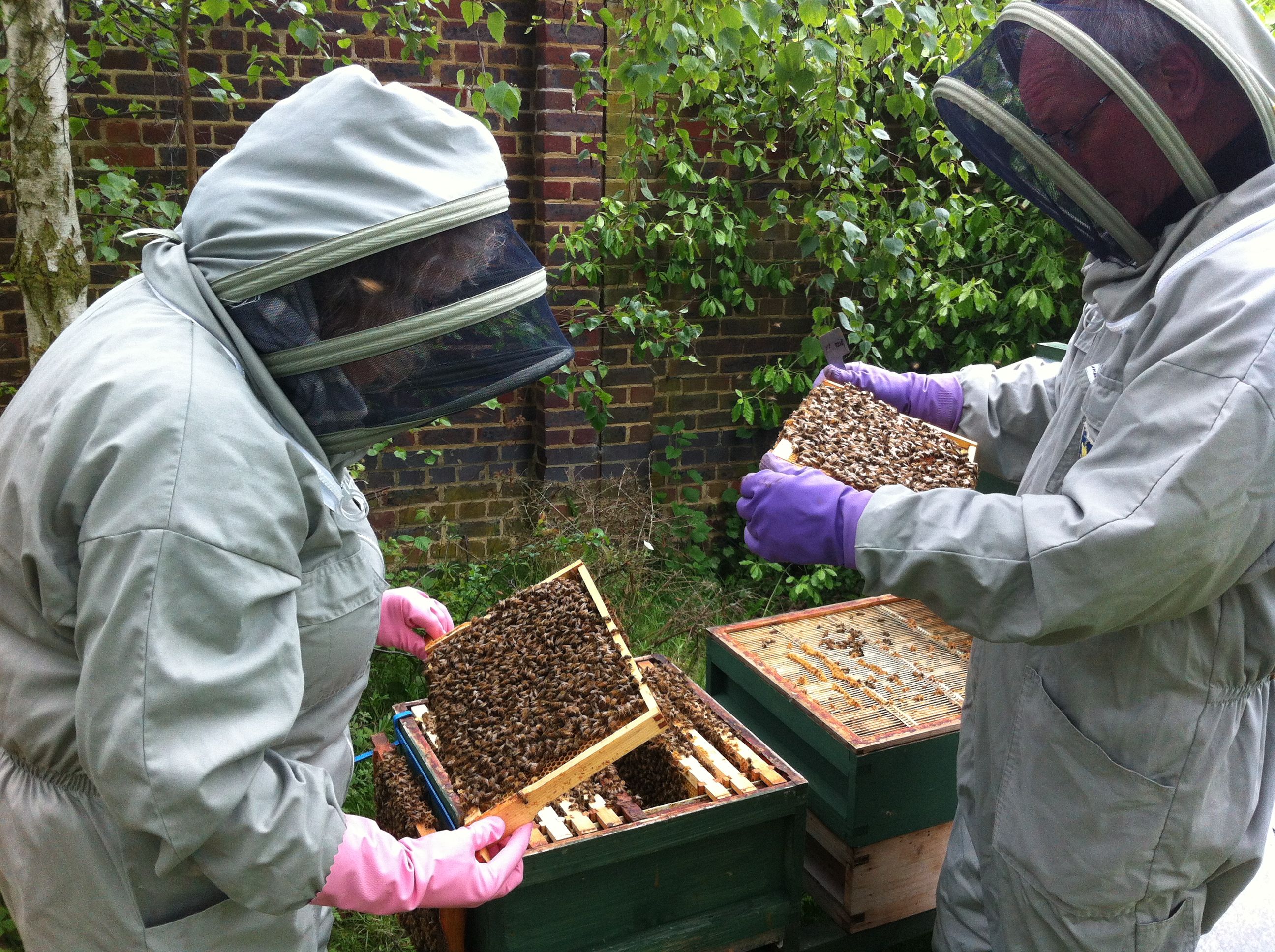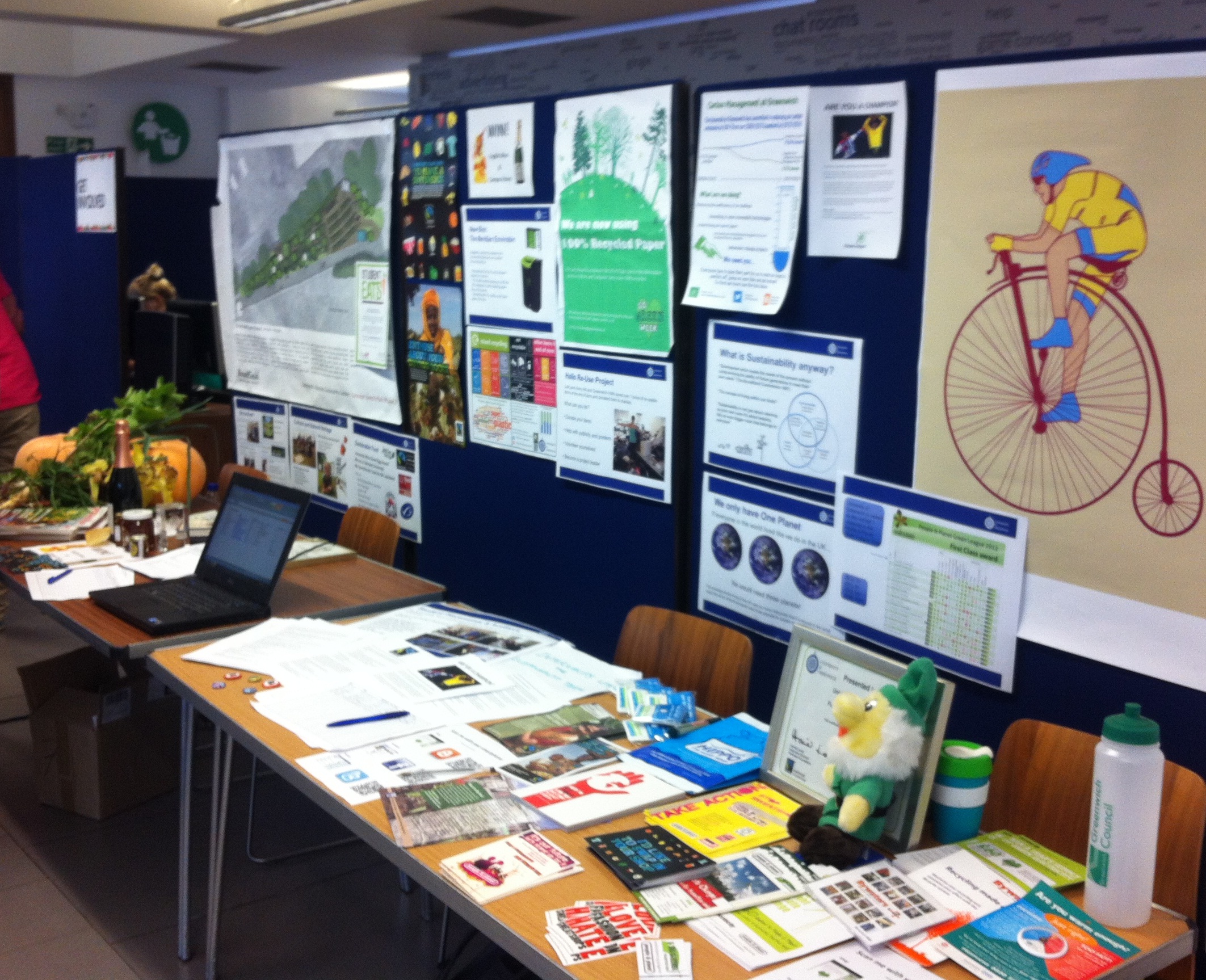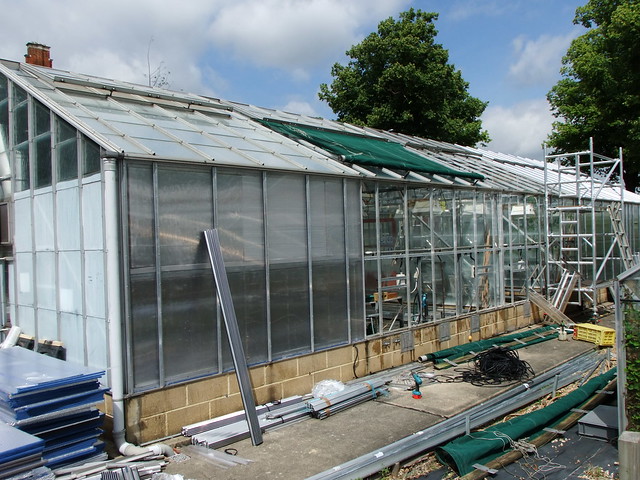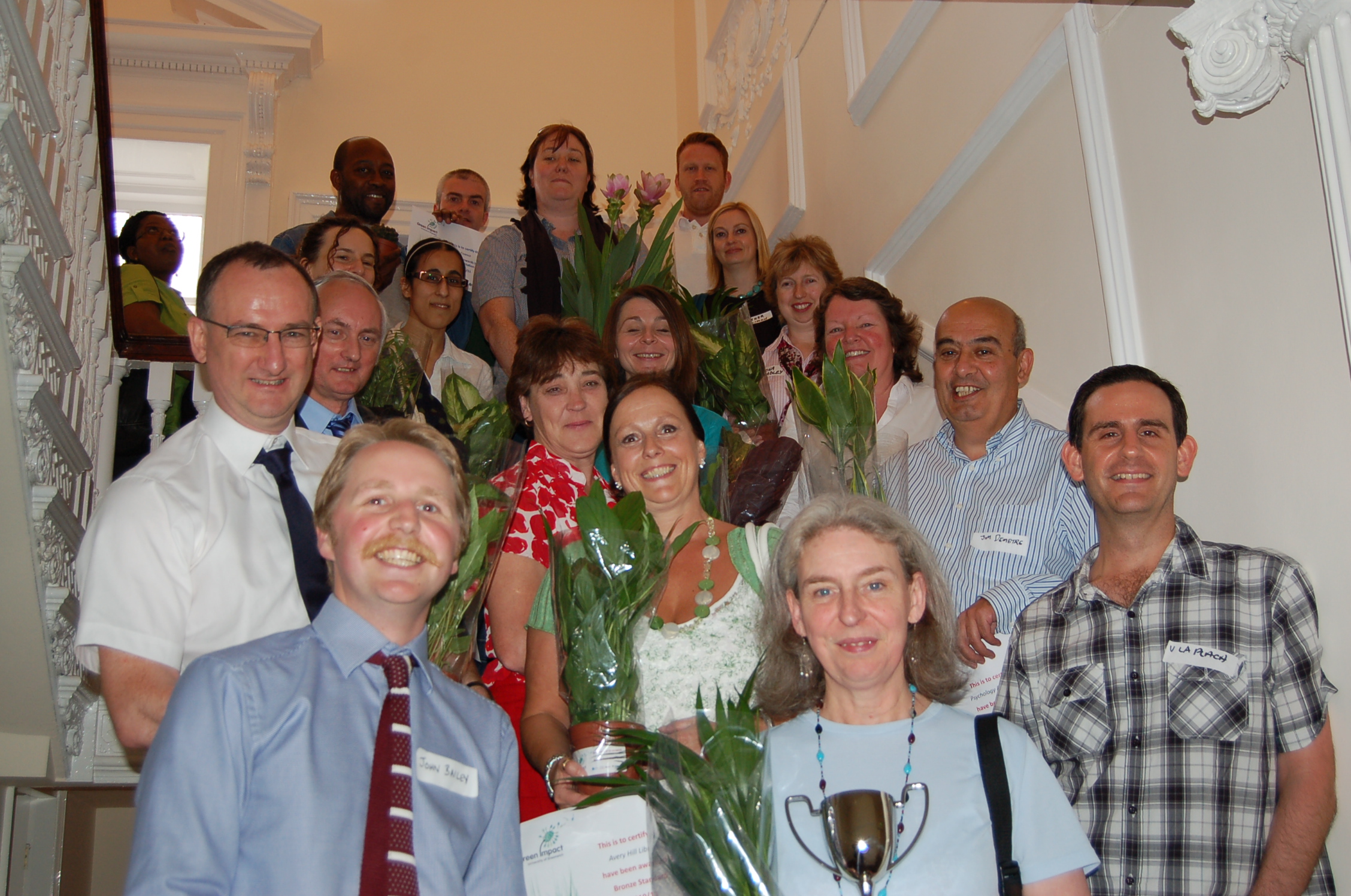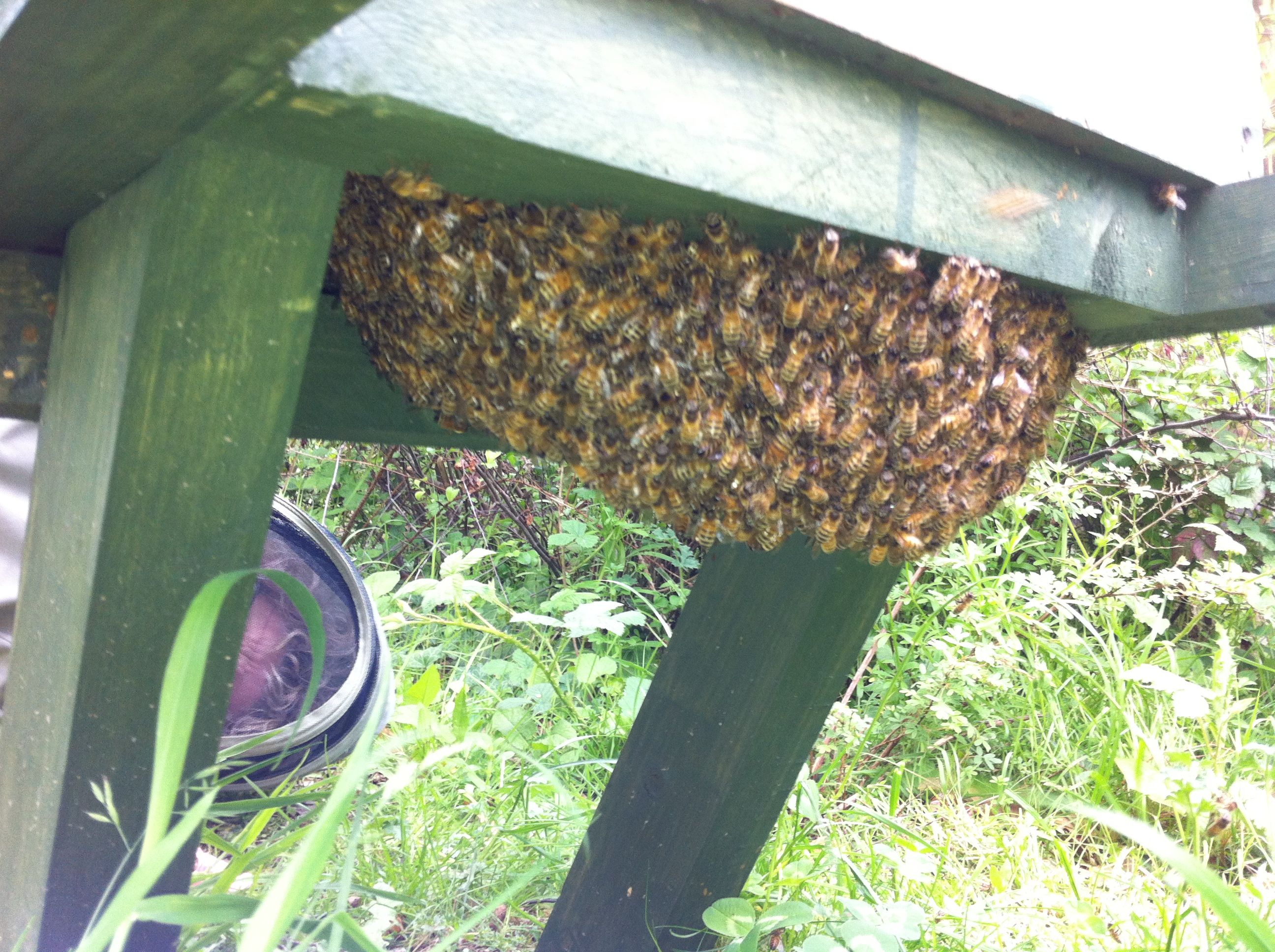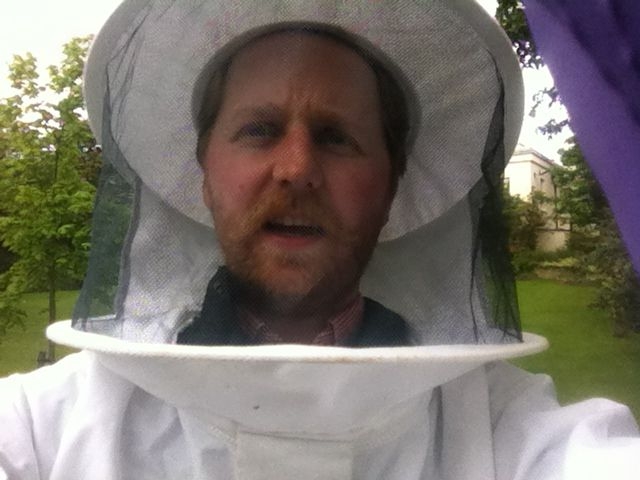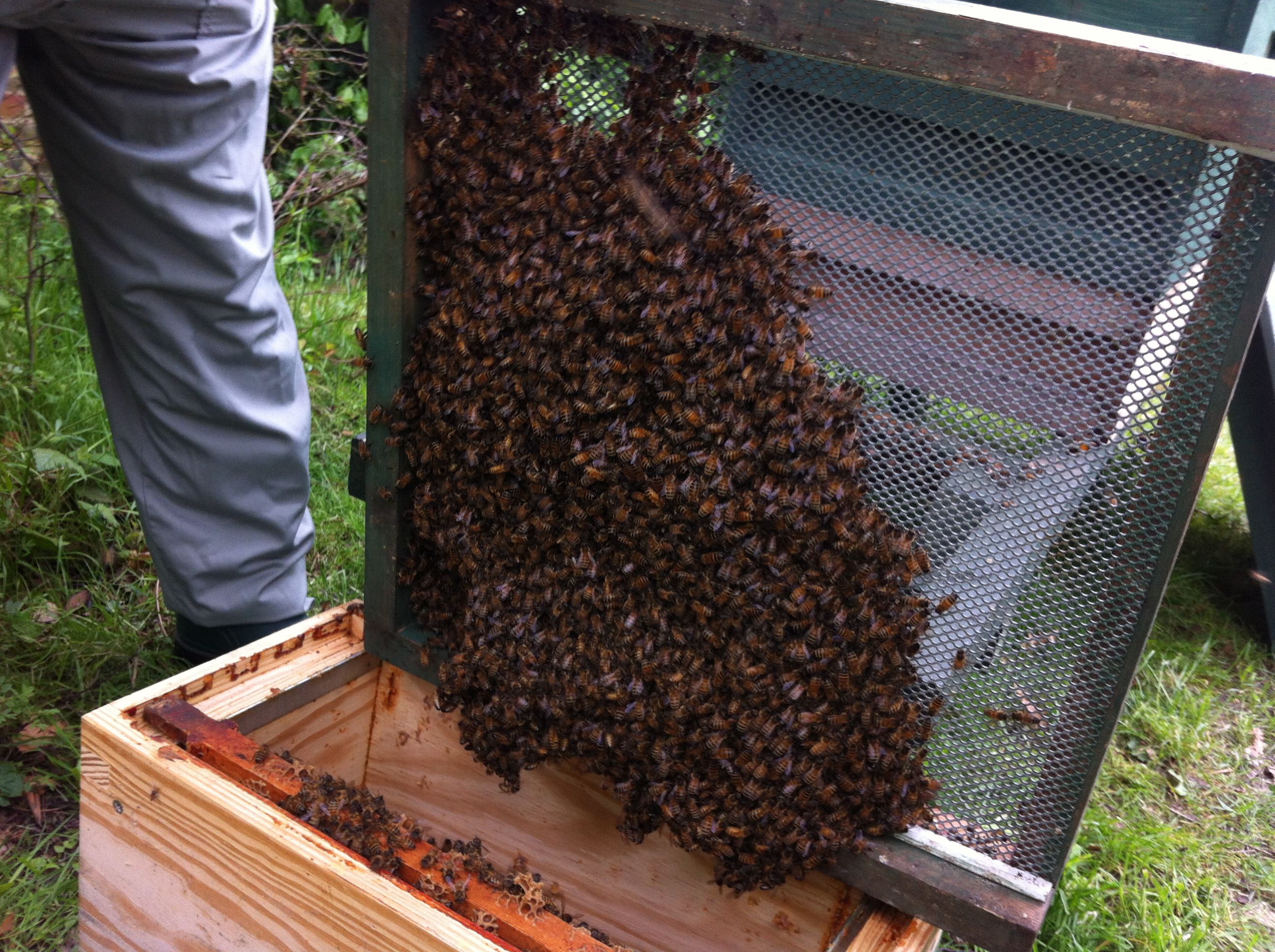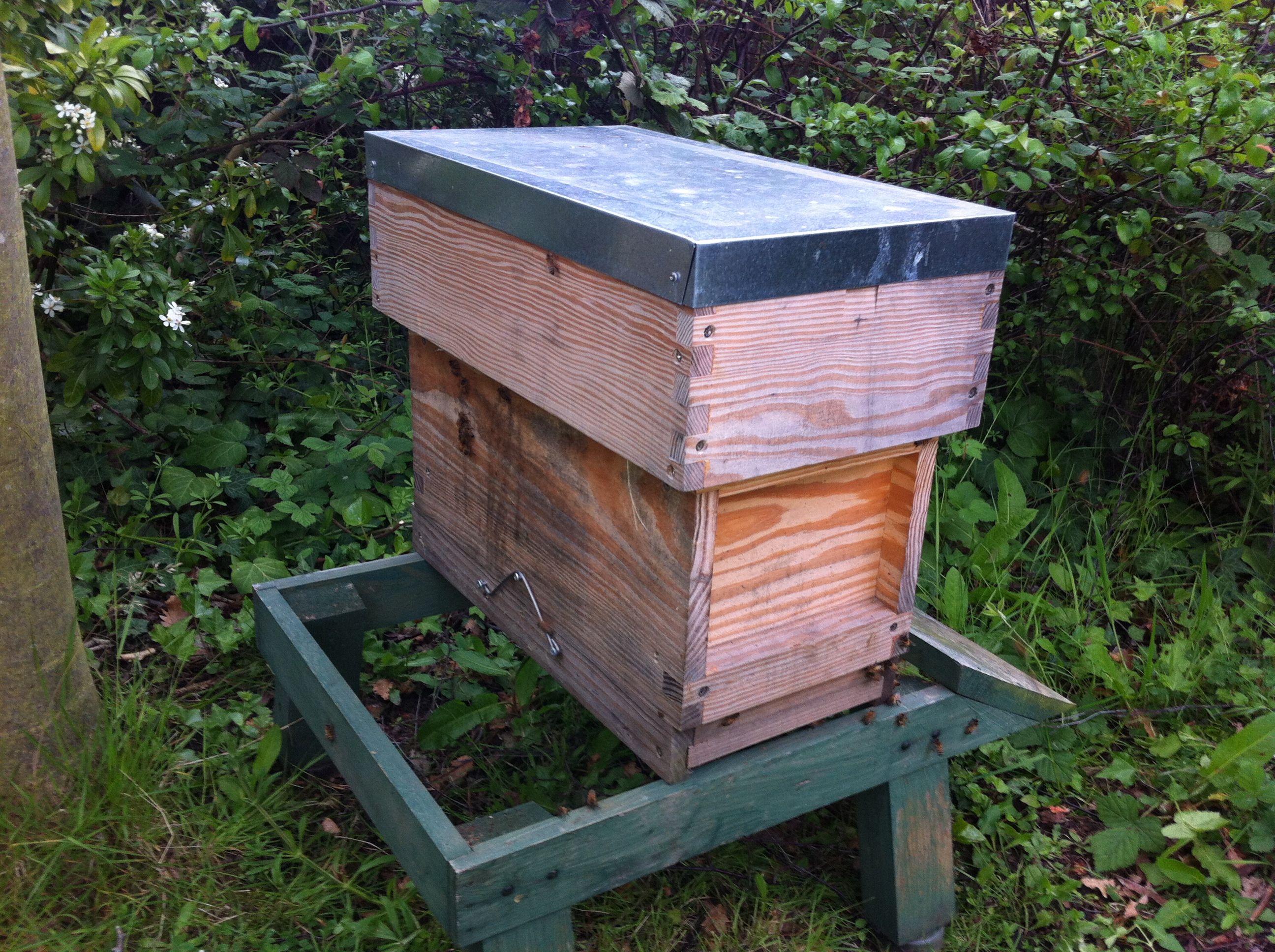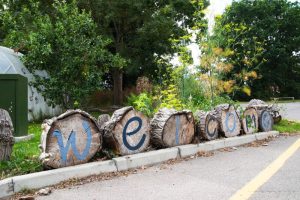Today I will be leaving the University of Greenwich and heading to the University of London to become the Environmental Manager there. It has been nearly three years now since I joined the brand new Sustainability Team and so much has happened in that relatively short period of time. It has been quite a time and there have been so many lessons learnt along the way!

Senate House at the University of London - How does it measure up to the Royal Naval College?
When I started here three years ago the University was just at the start of its sustainability journey, with a new Sustainability Policy and only the first rumblings of any major action taking place as so far as implementation. As I quickly discovered sustainability at a university is like being thrown in the deep-end, realsising that there is in fact only a deep end and then a wave machine! Thankfully though we learnt to swim, then surf and then enjoy the ride as well.
Now we have groups overseeing a whole host of different sustainability projects and initiatives including carbon management, sustainable food and Fairtrade, biodiversity and food growing on campus. On top of this we have a fantastic group of staff sustainability champions that have made the job of communicating and engaging the university with sustainability so much easier and a fantastic team who have taken on implementing the carbon management plan and achieving real savings.
As I leave Greenwich I am sure that I am leaving a university that has sustainability at the heart and will continue to push forward in the sector. It has been a joy to work with the staff and students here and great to see how far we’ve come and how enthusiastic so many have been in taking elements of sustainability into their work and studies. I shall be keeping a keen eye on Greenwich’s progress over the years and will certainly be back at some point to reap the harvest from the community garden and orchard we have planted!
A huge thank you to everyone I have worked with in my time here!
P.S. for anyone coming into this or a similar role who needs a head start in how to win the hearts and minds of their organisation, have a look at Sell the Sizzle by Futerra. I read it very soon after starting at Greenwich and it has remained relevant, useful and inspirational for the entire time I have spent here.






